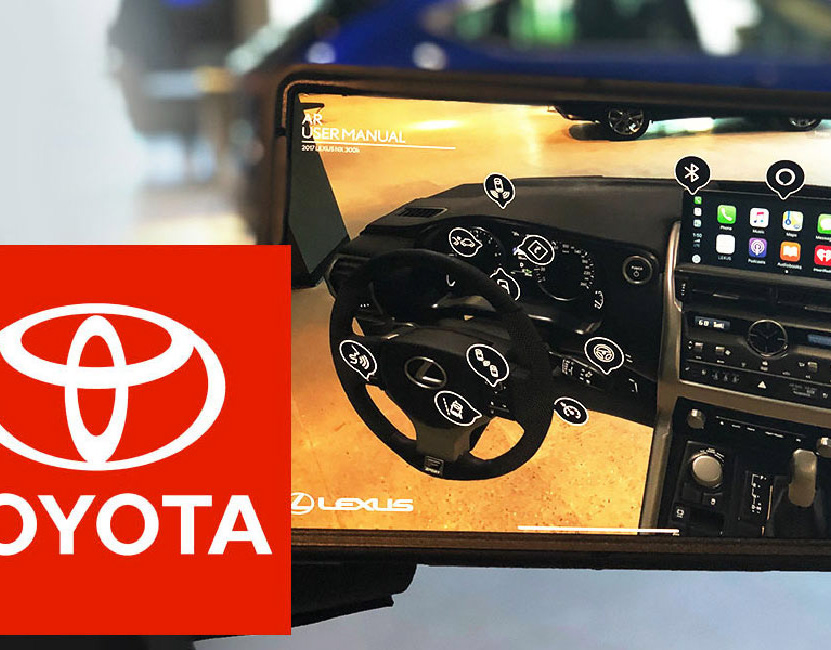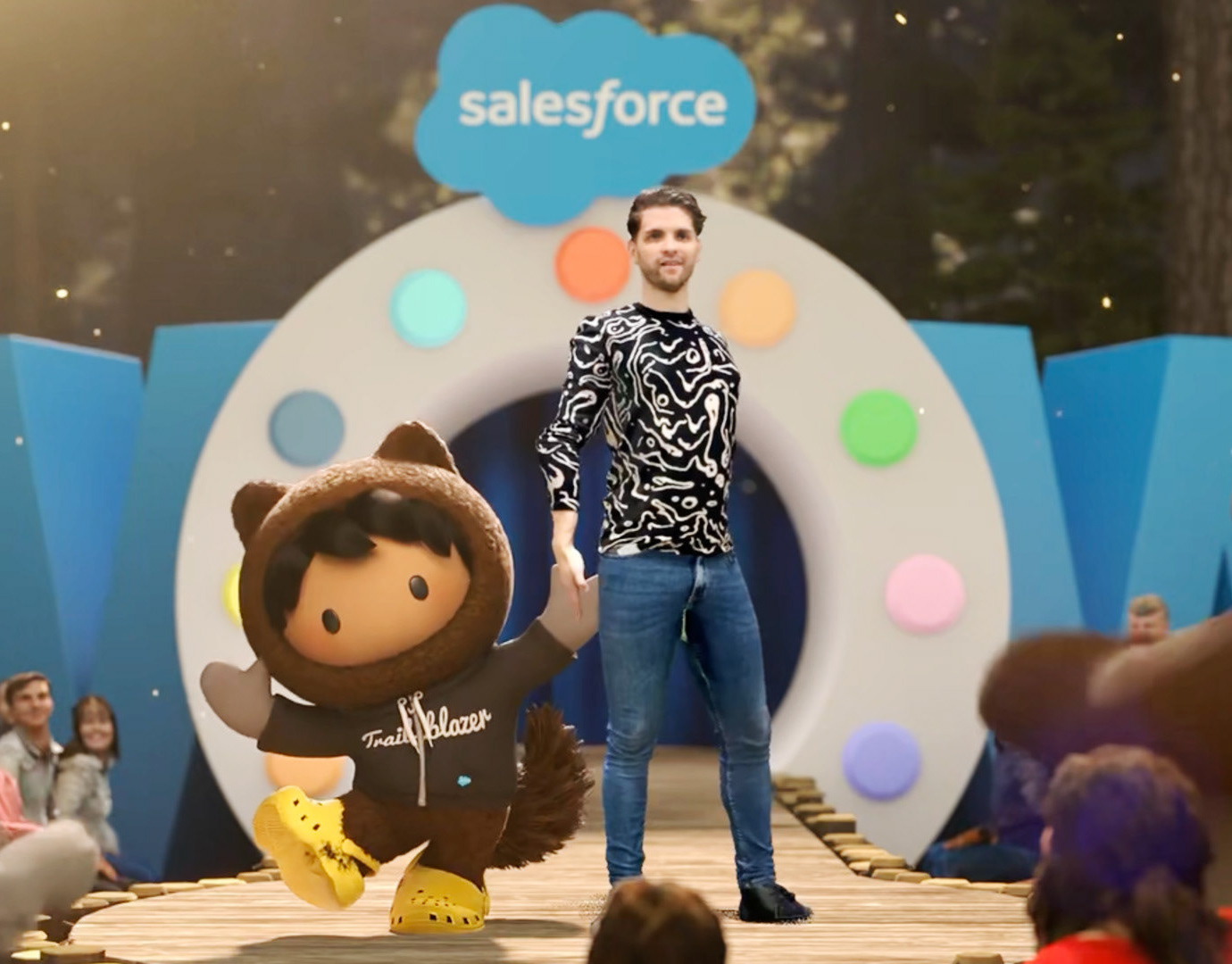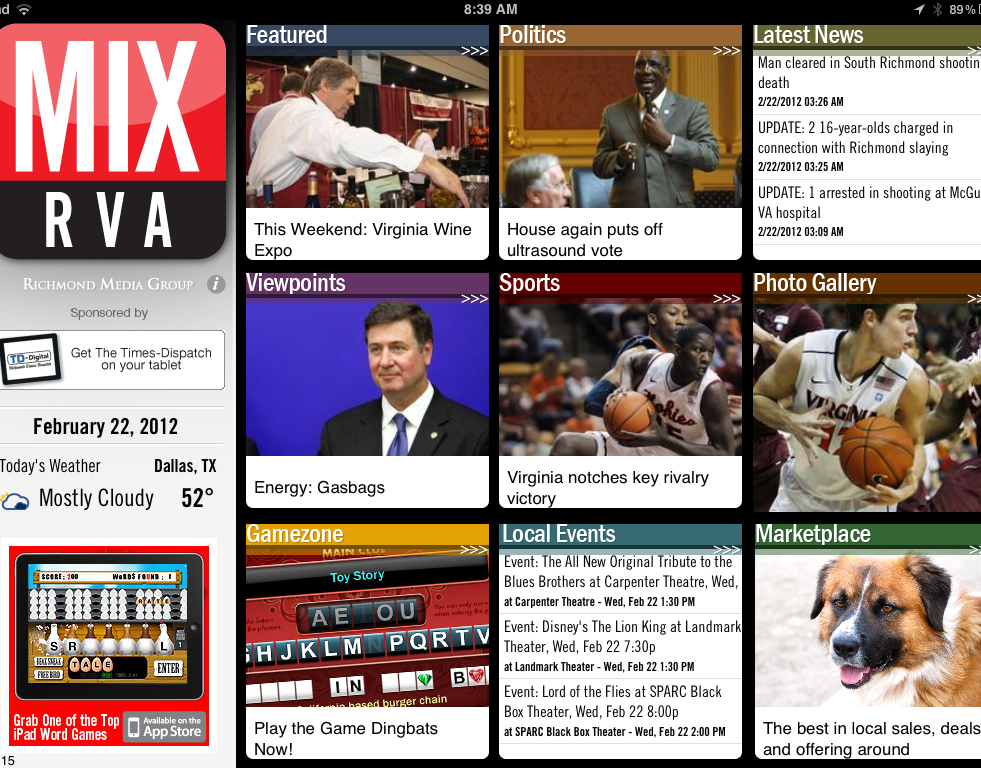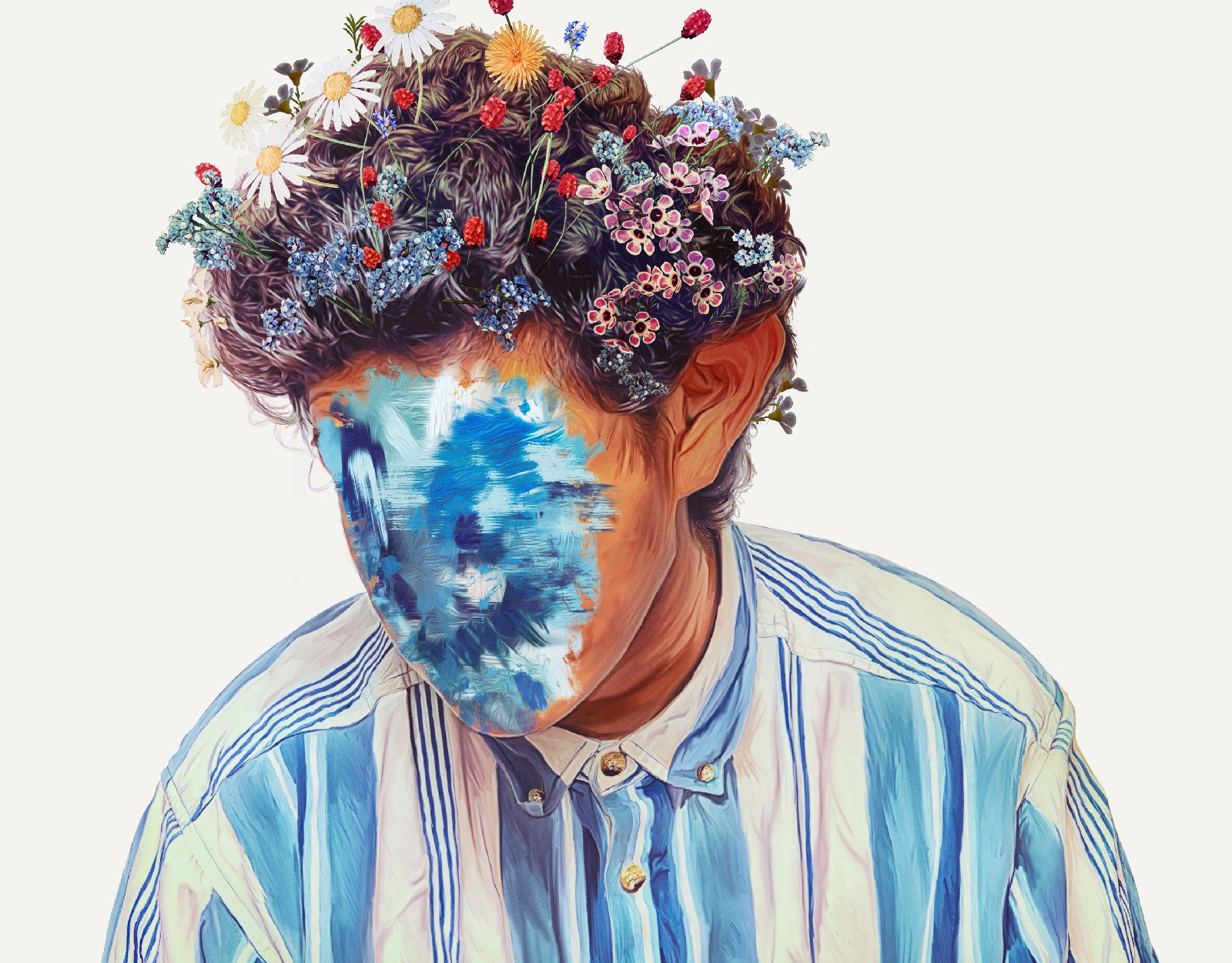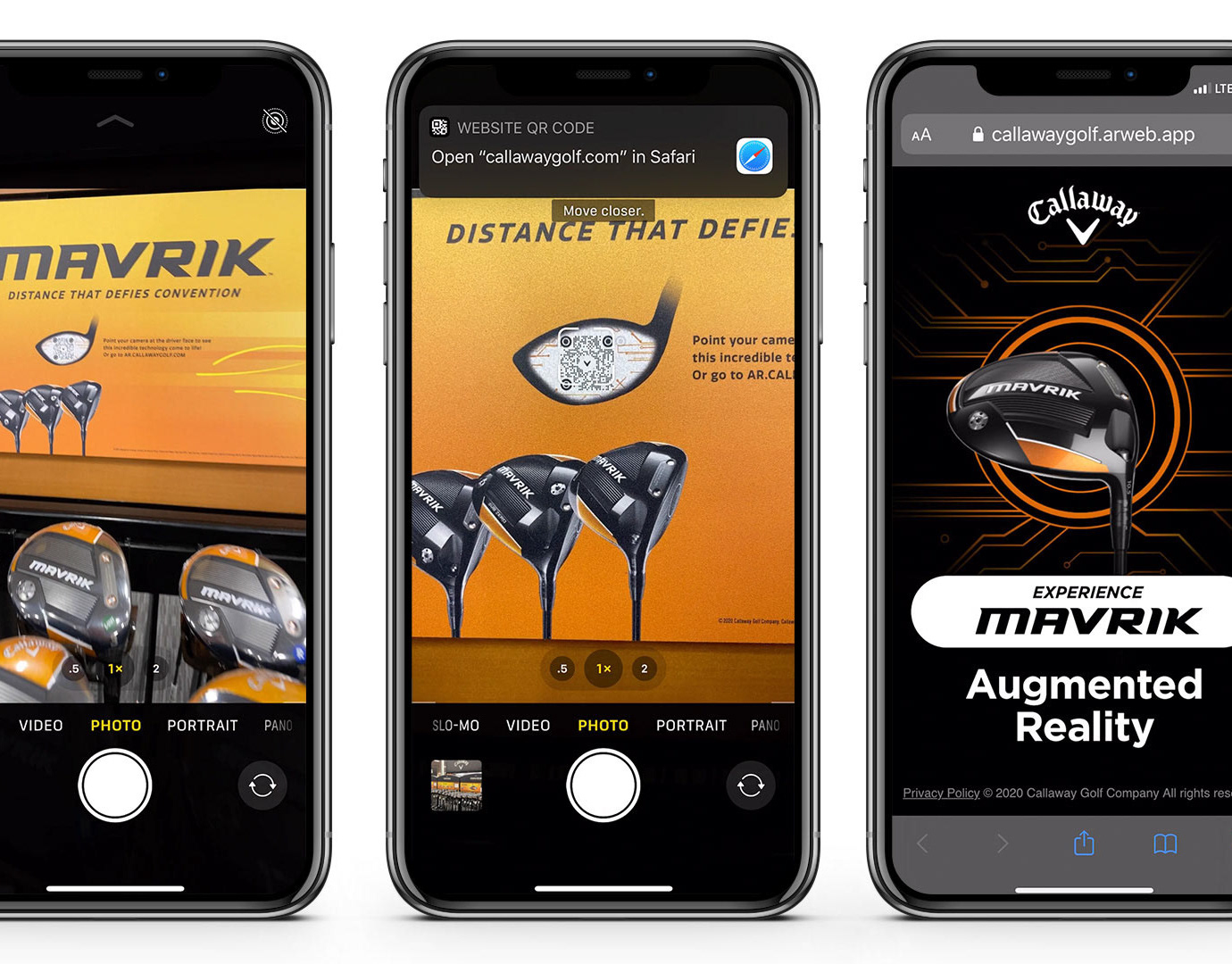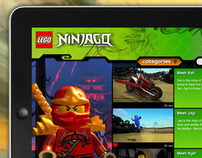“Otter Chat” an Interactive Real-time Animated Talk Show at the St. Louis Aquarium Starring Tommy the Otter
“Otter Chat” is an interactive talk show attraction featured at the new St. Louis Aquarium at Union Station. Designed by Groove Jones in collaboration with Moondog Animation, the attraction consists of an interactive improvisational conversation with Tommy the Otter, a North American River Otter, and the star of the show. The technology allows the aquarium to teach guests about otters, conservation and educational fact about how they live.
The show is part of the aquarium’s two-story habitat featuring three real North American River Otters, named Thatcher, Sawyer, and Finn.
Guests to the aquarium can experience a fully interactive experience and engage with Tommy the Otter. Tommy asks questions and responds to the audience’s reactions in real-time. The show is a blend of computer graphic techniques, educational content, and comedic improvisation by staff behind the scenes.
The show consists of an oversized screen view of Tommy the Otters habitat. This is similar to what visitors see throughout the aquarium. However, this view is computer-generated, portraying a CGI environment. The animated image of Tommy the Otter is a computer graphic avatar controlled by an actor backstage, whose performance is captured in real-time.
Real-Time Animation System for Guest Engagement
“Otter Chat” uses our GrooveTech™ Performance Capture System, a system that allows actors to control the fully animated character in the theater attraction area. The tool consists of a facial tracking camera system that allows the actor to talk to the audience and automatically lip-sync their voice and movements to the animated character. This tracking and animation are rendered on the fly and are projected at 60 frames per second. Making Tommy the Otter’s mouth move in synchronization with the actor’s voice.
The GrooveTech™ Performance Capture System includes handheld controllers that allow the actor to control the body motions of the character. The actor can also activate a series of prebuilt animation sequences as part of the show. The technology enables each show to be different as Tommy responds uniquely to each audience.
The first priority with real-time motion capture is to keep it simple and understandable and easily operational for actors so that they can focus on bringing the character to life.
Particularly when the installation is to be long term and will involve less heavily trained actors performing multiple short shows every day, the setup needs to be simple and interactive and easy to understand to allow the actors to focus on their improvisation with the audience without getting too caught up in non-intuitive functions.
Groove Jones took the Otter character created by Moondog, the outline of the script, and the basic functionality of the animated sequences which needed to be triggered along the way, then created just this kind of system.
Without the budget or the need for full-motion capture suits, Groove Jones customized handheld controllers, which allowed the actors to move naturally and trigger animated functions such as the Otter’s entrance and exits, without taking their eyes off the audience.
As the system was installed, performance director Henry Hagerty was able to use the simplicity of the system to get the actors immediately involved, but it also allowed him, through a series of improvisations with the actors to break the scripts into :60 second units or performances, each with its own triggered animation cycles, so that very early on, the actors themselves could customize the flow of the show each day.
There ended up being 9 separate one-minute performance pods. For a five-minute show, they only need to program 5 segments at a time. This interactivity allowed the actors to keep the show different and fresh each day.
The best real-time motion capture embraces the realities of whom will be performing and what their capabilities are, and by using commonly understood game technology, Groove jones made this system intuitive and easy to learn for actors at any level at any venue in the world.
About the St. Louis Aquarium
St. Louis Aquarium opened Christmas Day in 2019. The aquarium is the last significant development in the most recent $187 million transformation of the historic former train station. Officials say the entertainment complex could be a top-tier destination along with the likes of the Gateway Arch and St. Louis Zoo.
The two-story, 120,000 square-foot aquarium will feature over 13,000 animals in more than 1 million gallons of water, sourced from local waterways. Check out the St. Louis Aquarium for more info – https://www.stlouisaquarium.com.

